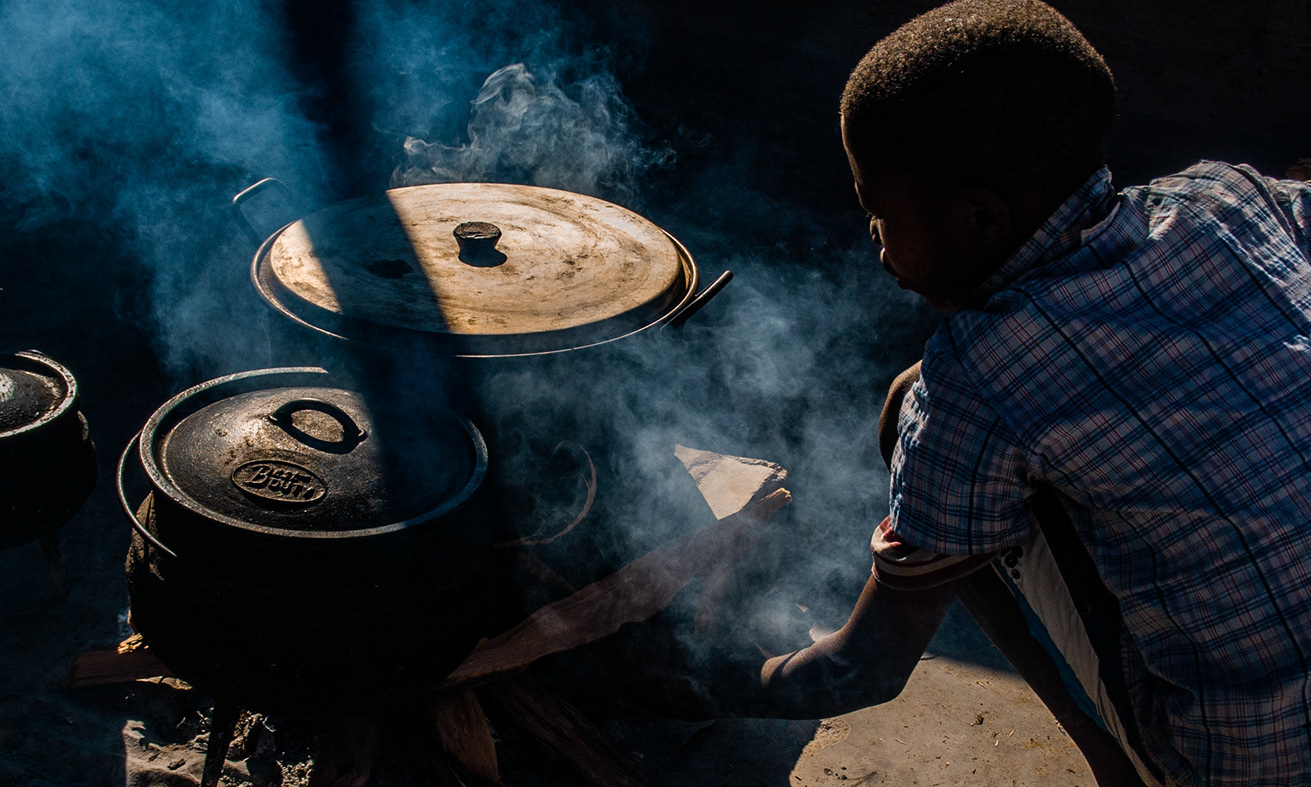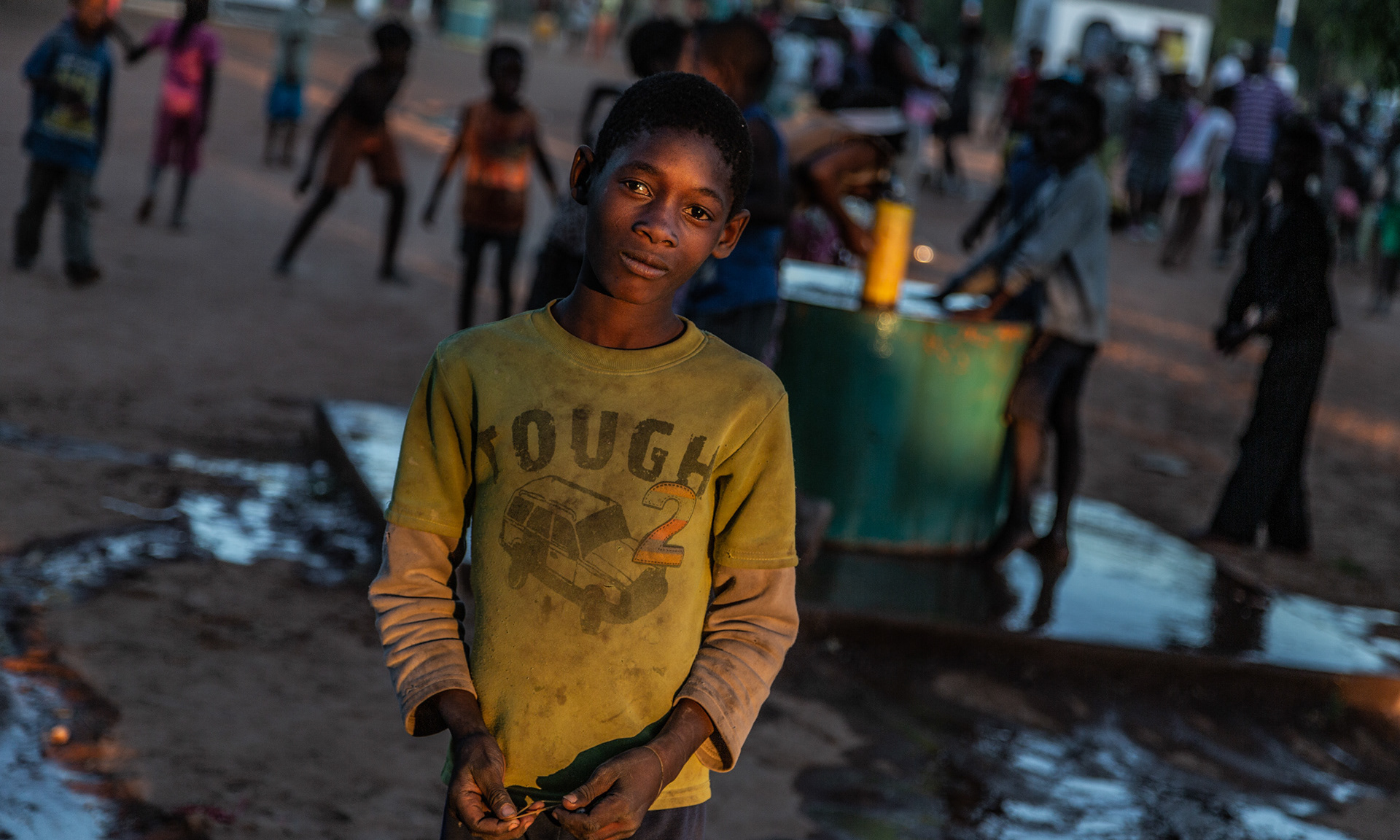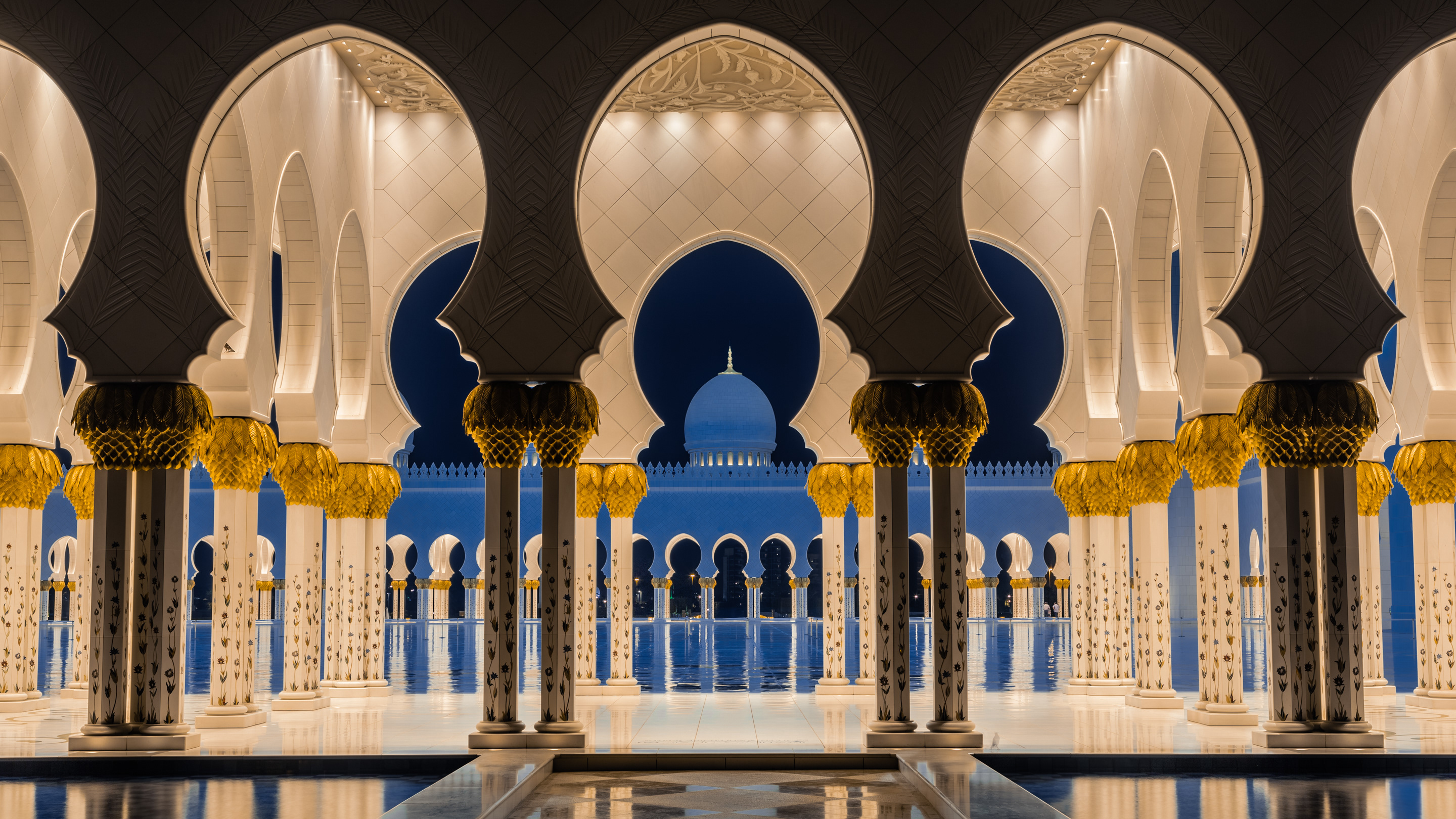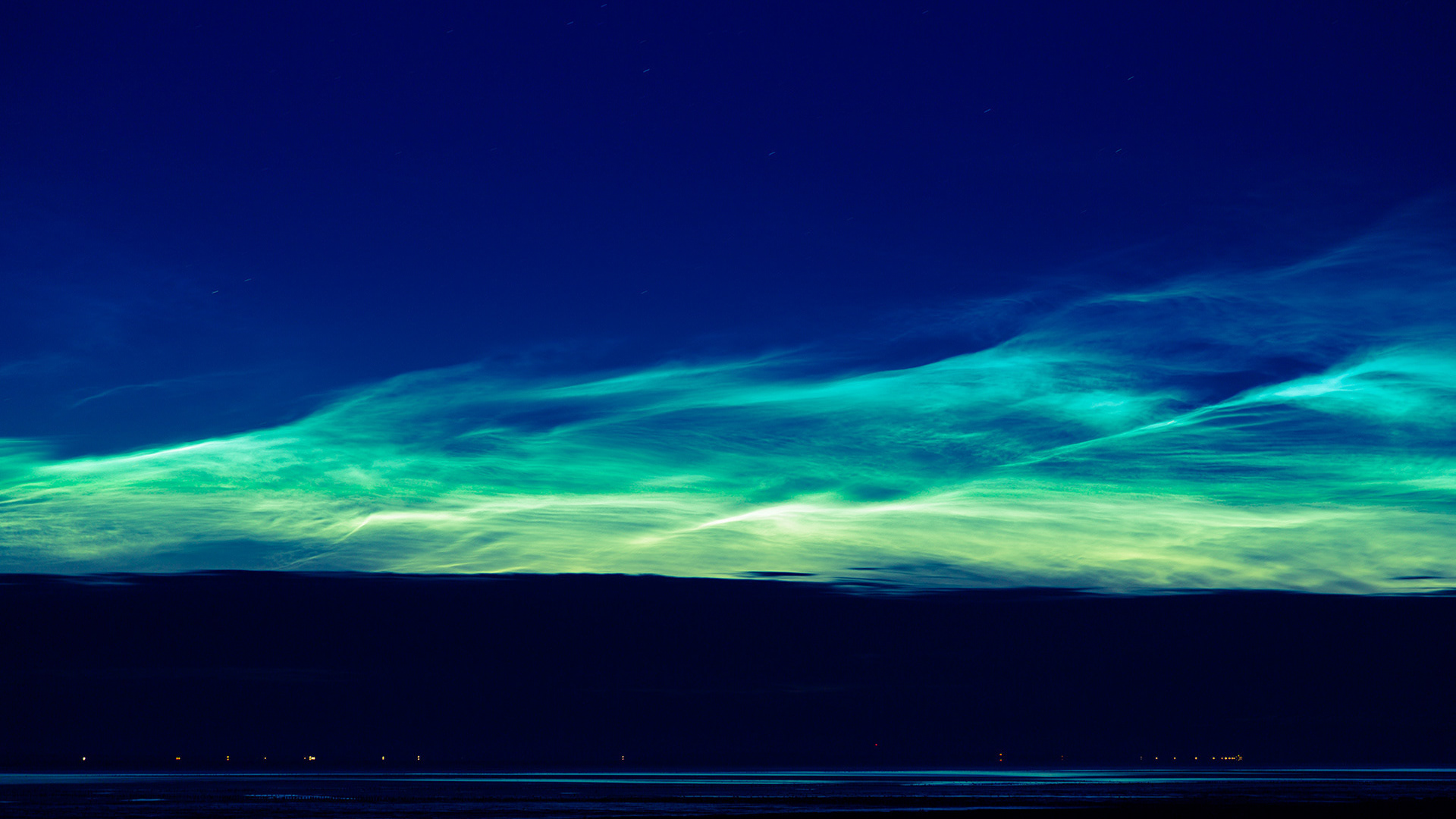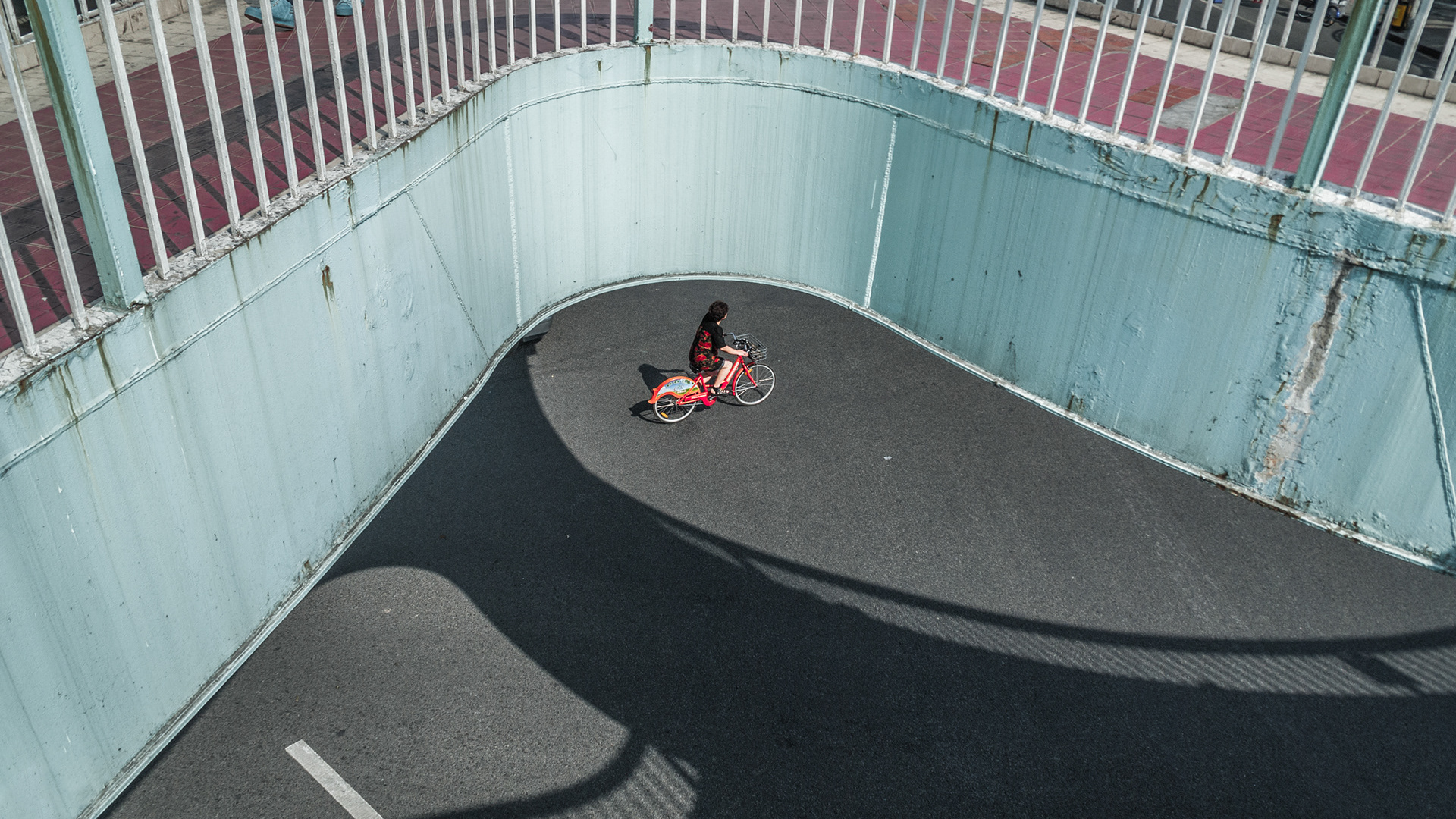I spent time with one such community at a turning point, still moving, but aware the path would soon end. Many of them have since ended up in cities, displaced and disoriented. Their skills don’t translate. Some fall into poverty, drugs or prostitution. What once gave rhythm and purpose has been lost.
This series documents a vanishing way of life, but also the quiet dignity of those still holding onto it. These stories live at the intersection of migration, environmental pressure and sociopolitical change.
Despite everything, I try to focus on hope.

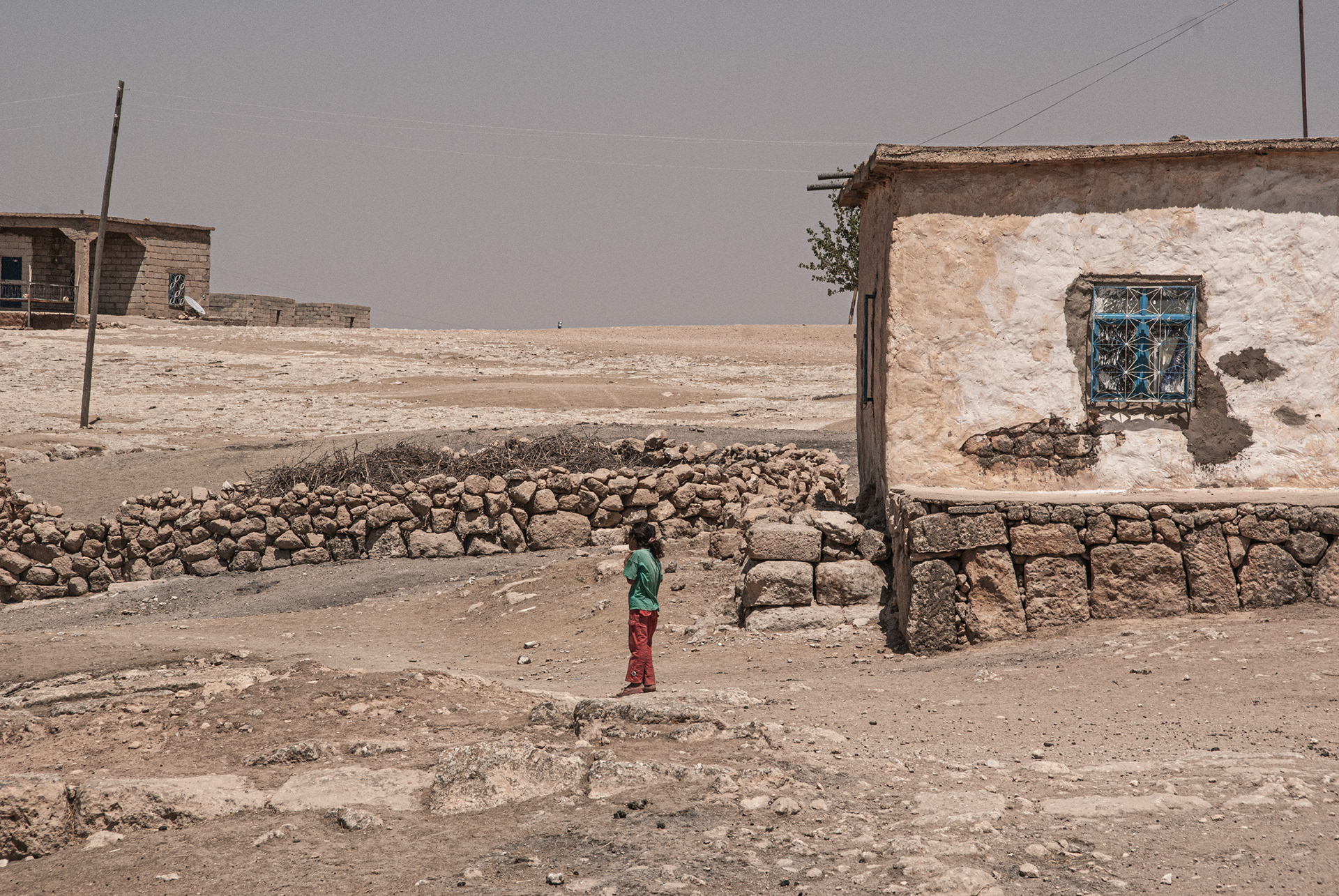
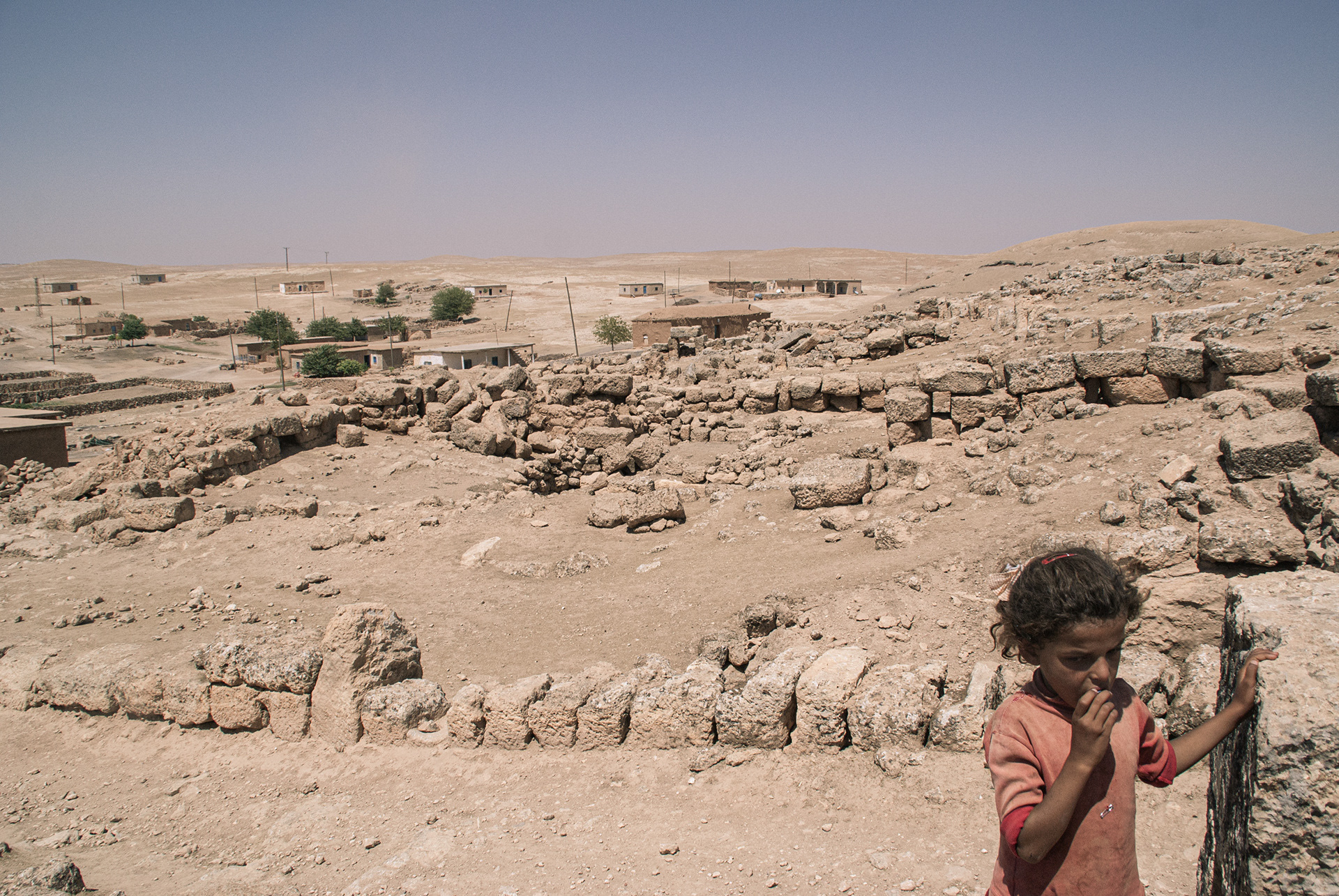

Once known as the cradle of civilization, this region —spanning parts of Iraq, Syria, Iran and Turkey— is now facing extreme heat, water shortages, and environmental decline.
These rural areas, historically fed by the Tigris and Euphrates rivers, are becoming harder to live in. Crops fail. People leave. What was once fertile is turning brittle.

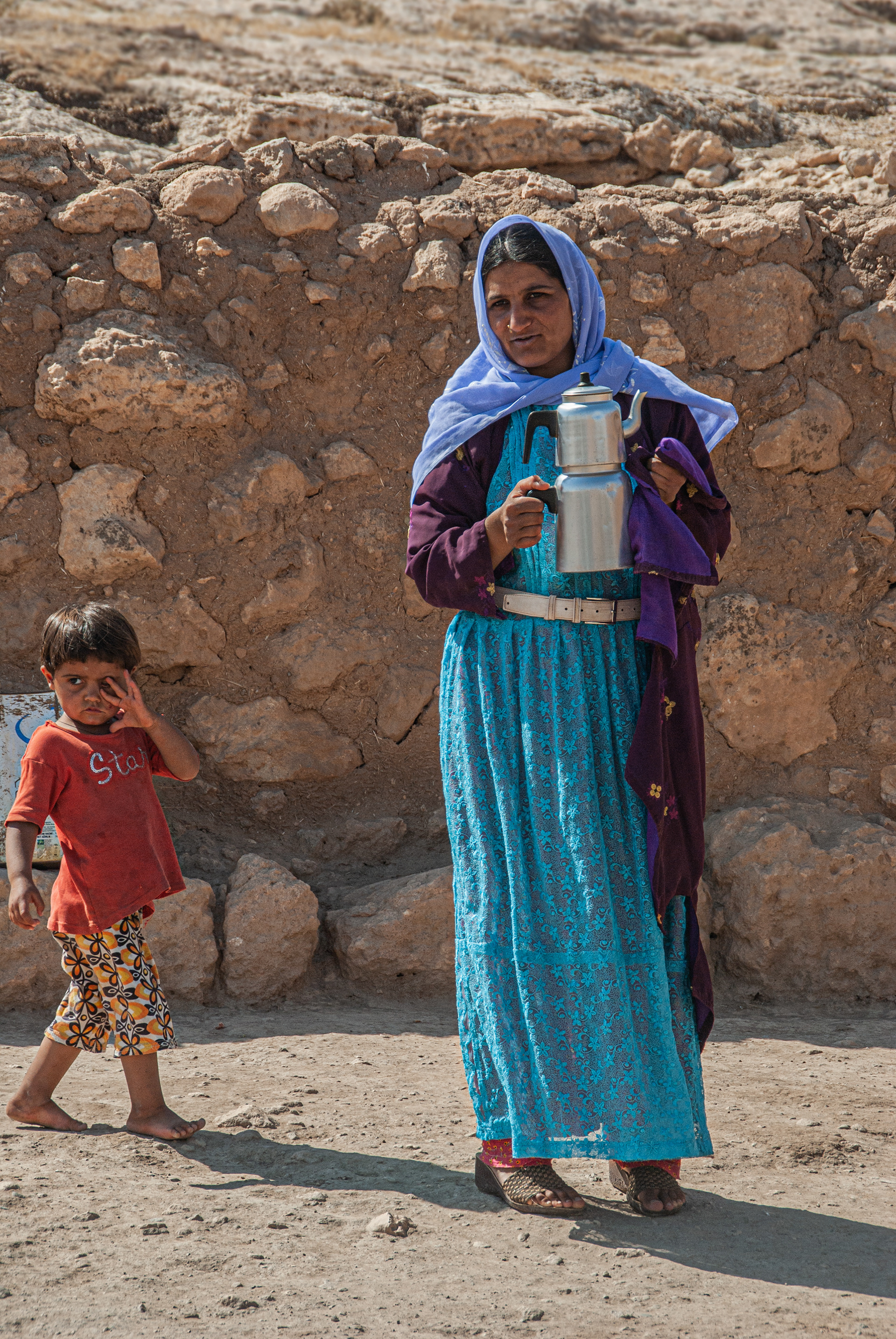
In the same cradle of civilization where some trace the origins of Adam and Eve, communities today grapple with a new reckoning; one carved by the forces of climate, the weight of policy, and the ache of loss.
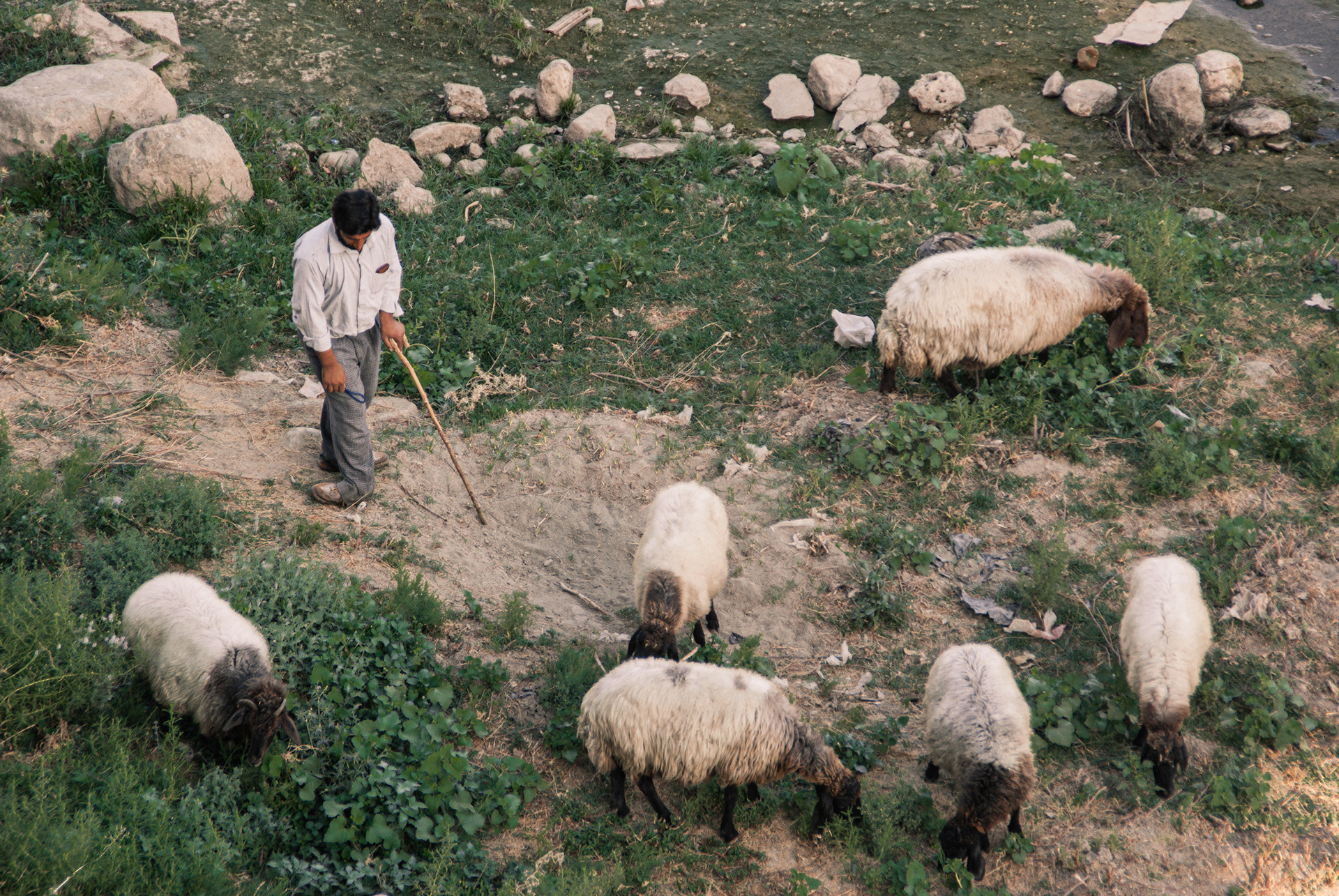
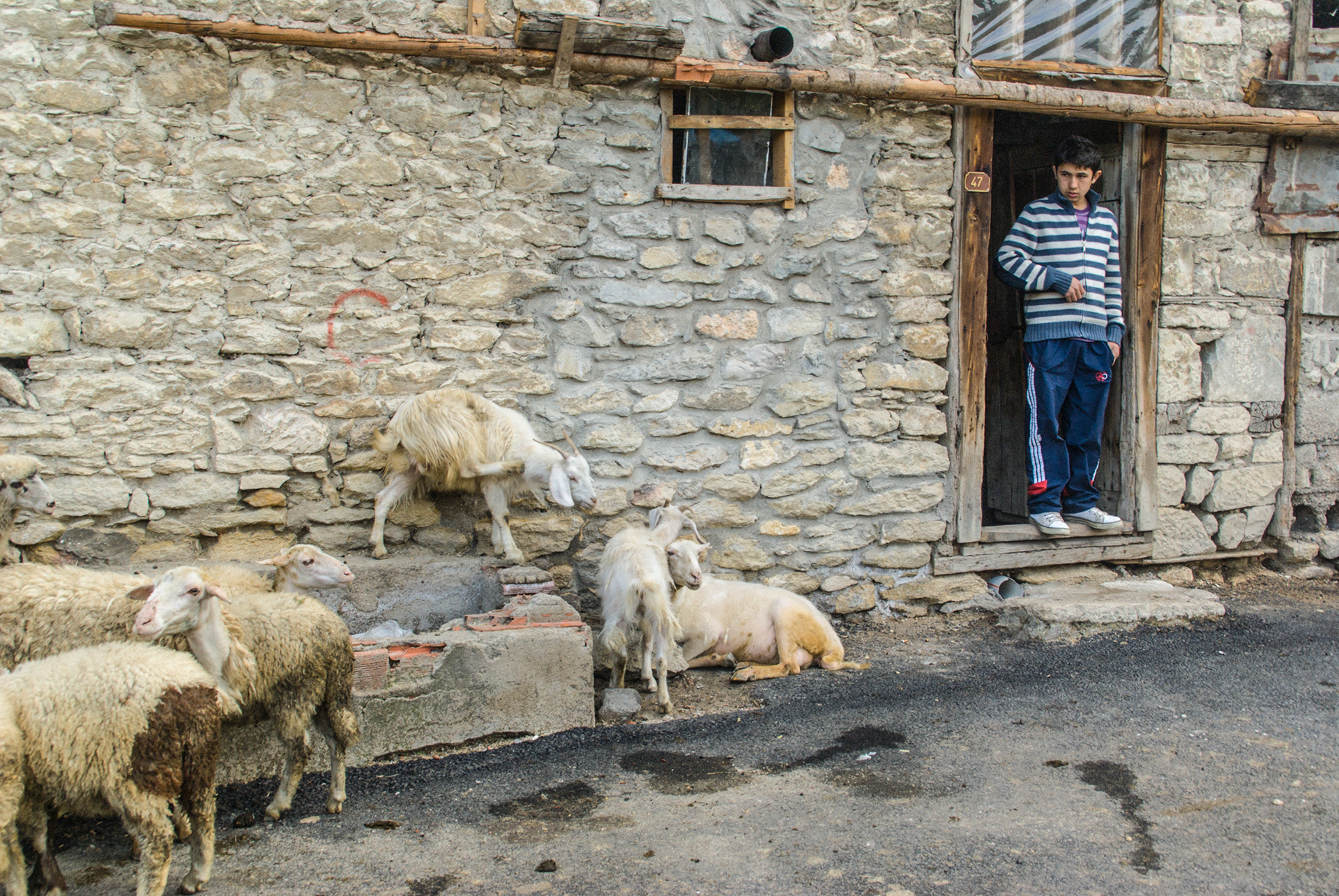
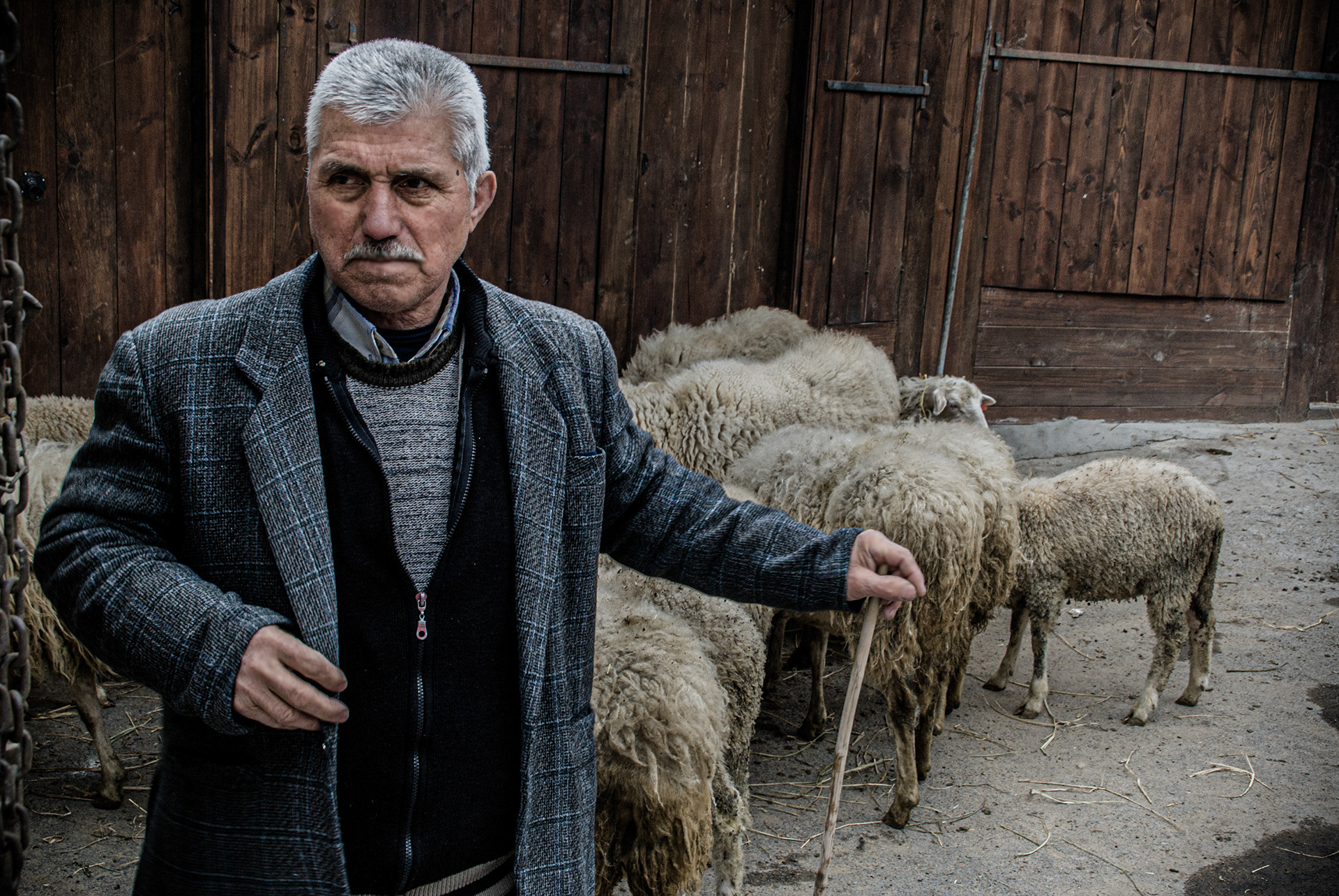
Seasonal migration with flocks of sheep was once a way of life for many semi-nomadic communities in this region. These routes stretched across southeastern Turkey into Syria, Iraq and Iran, passing through borders long before fences or politics made movement complicated.
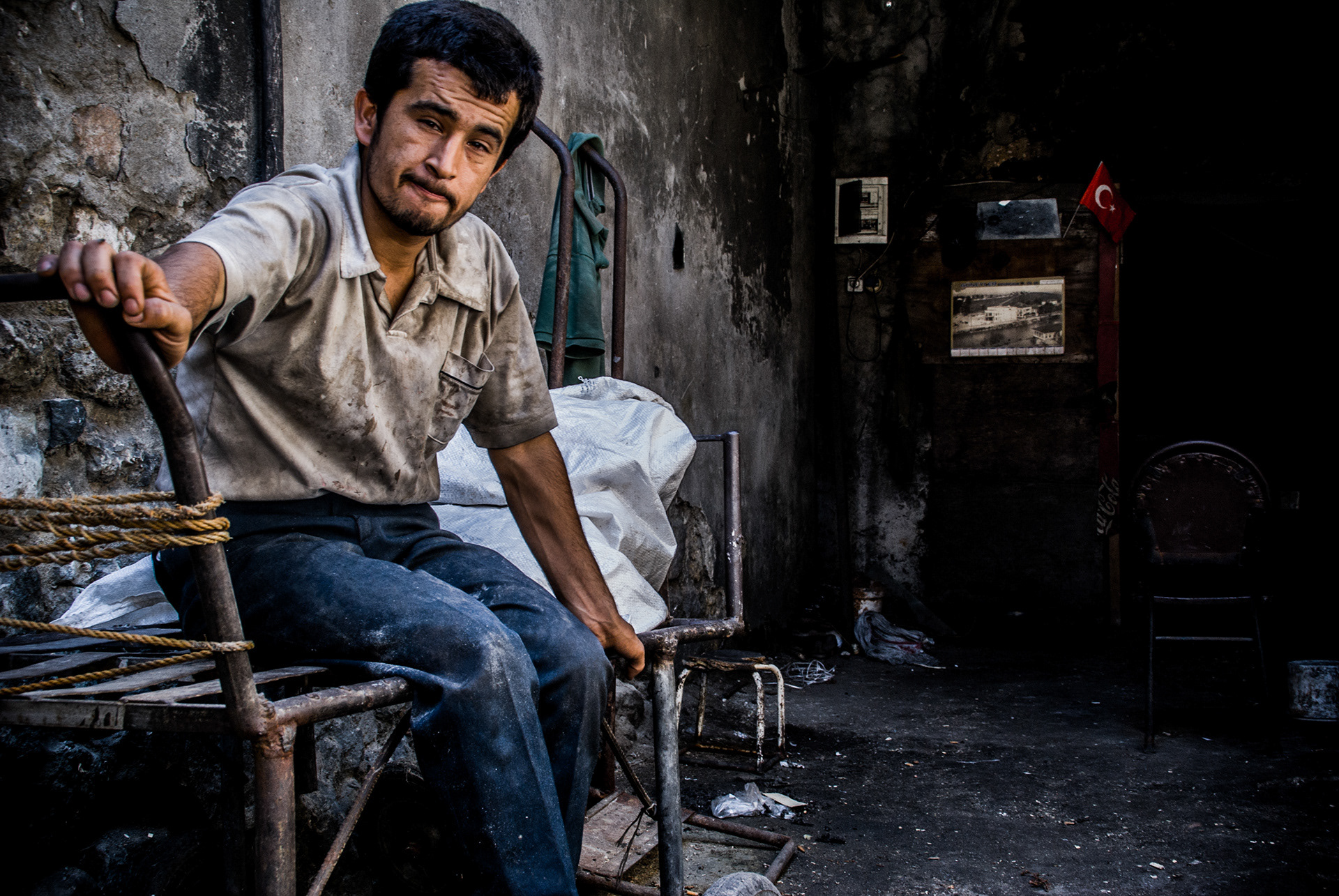
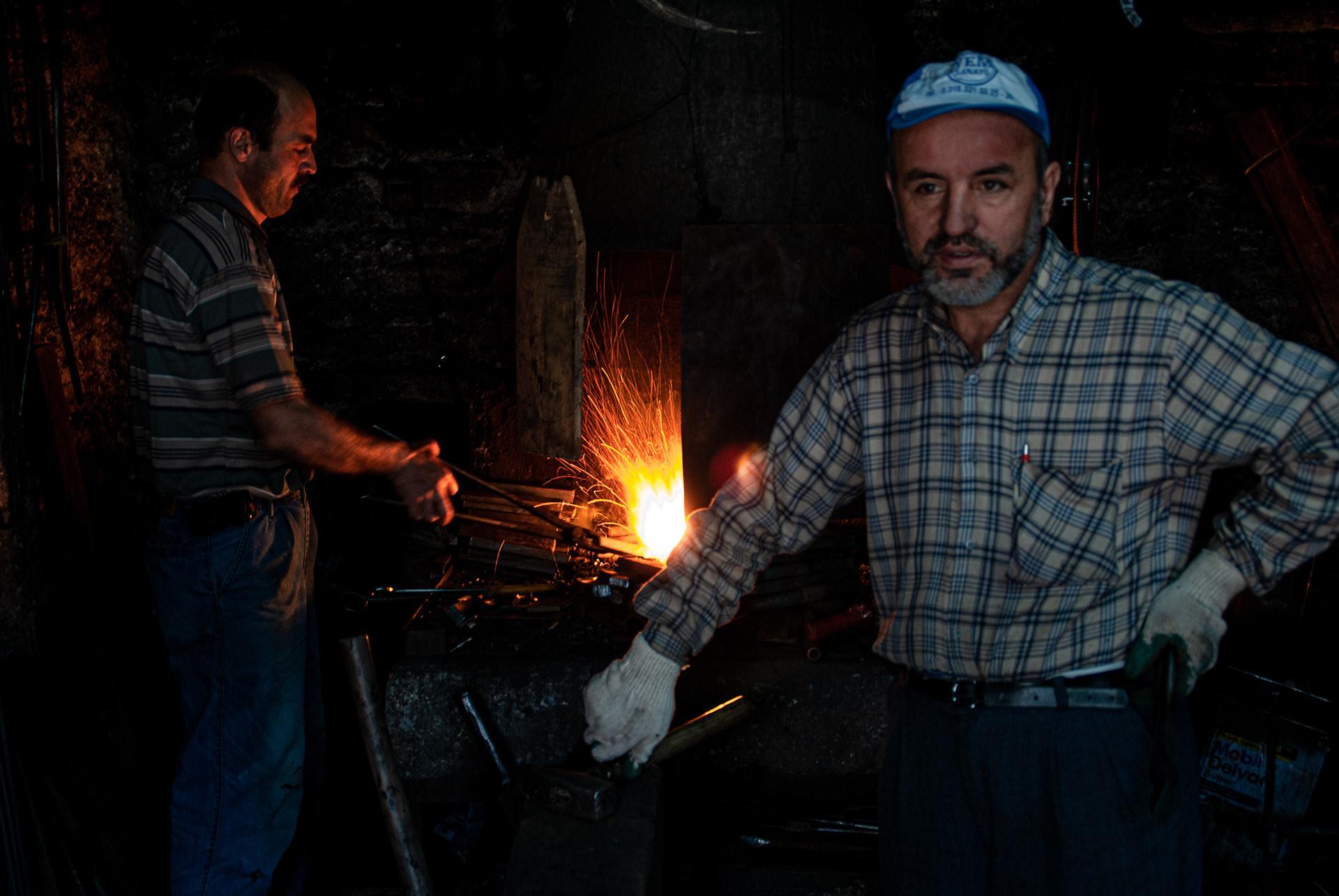



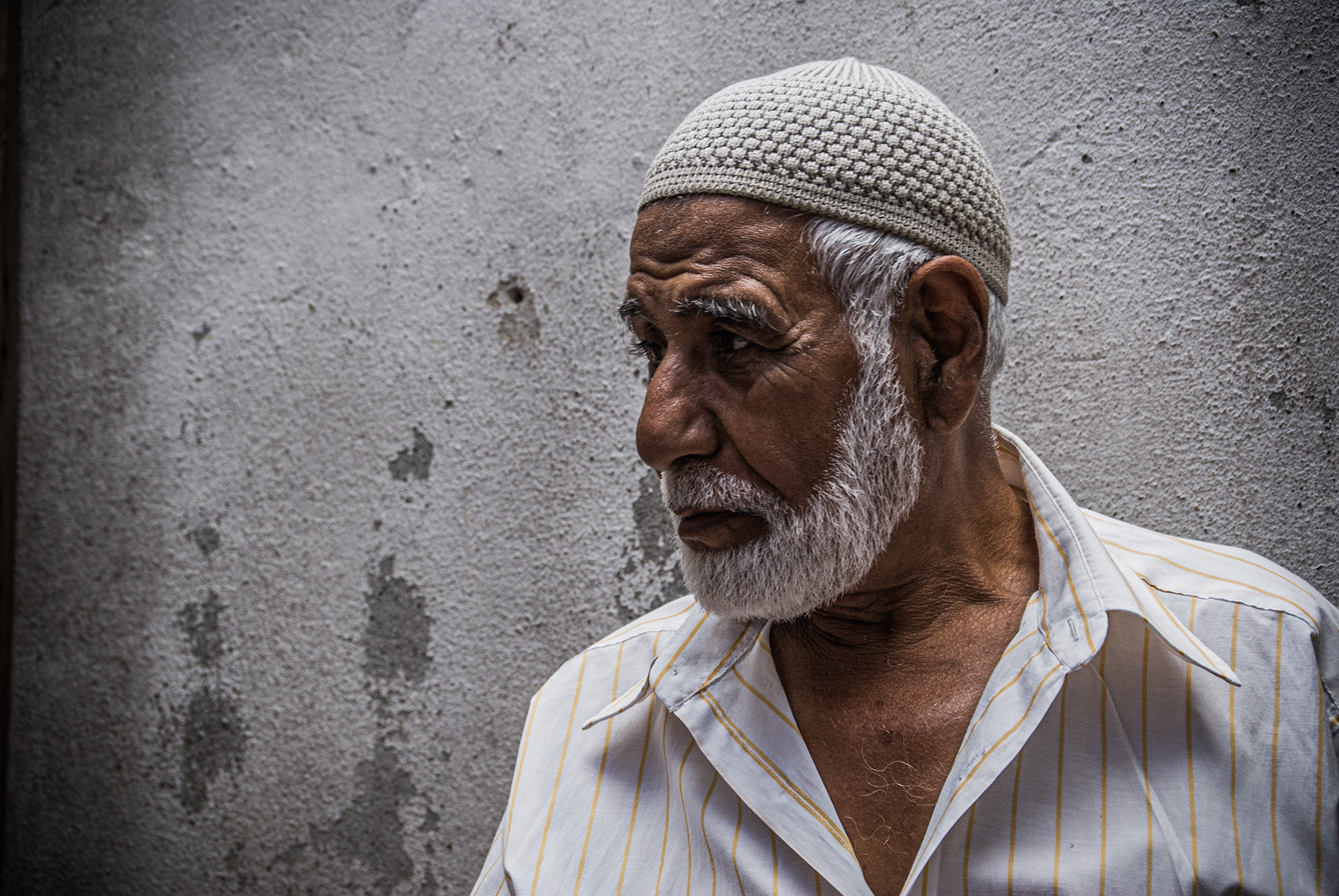
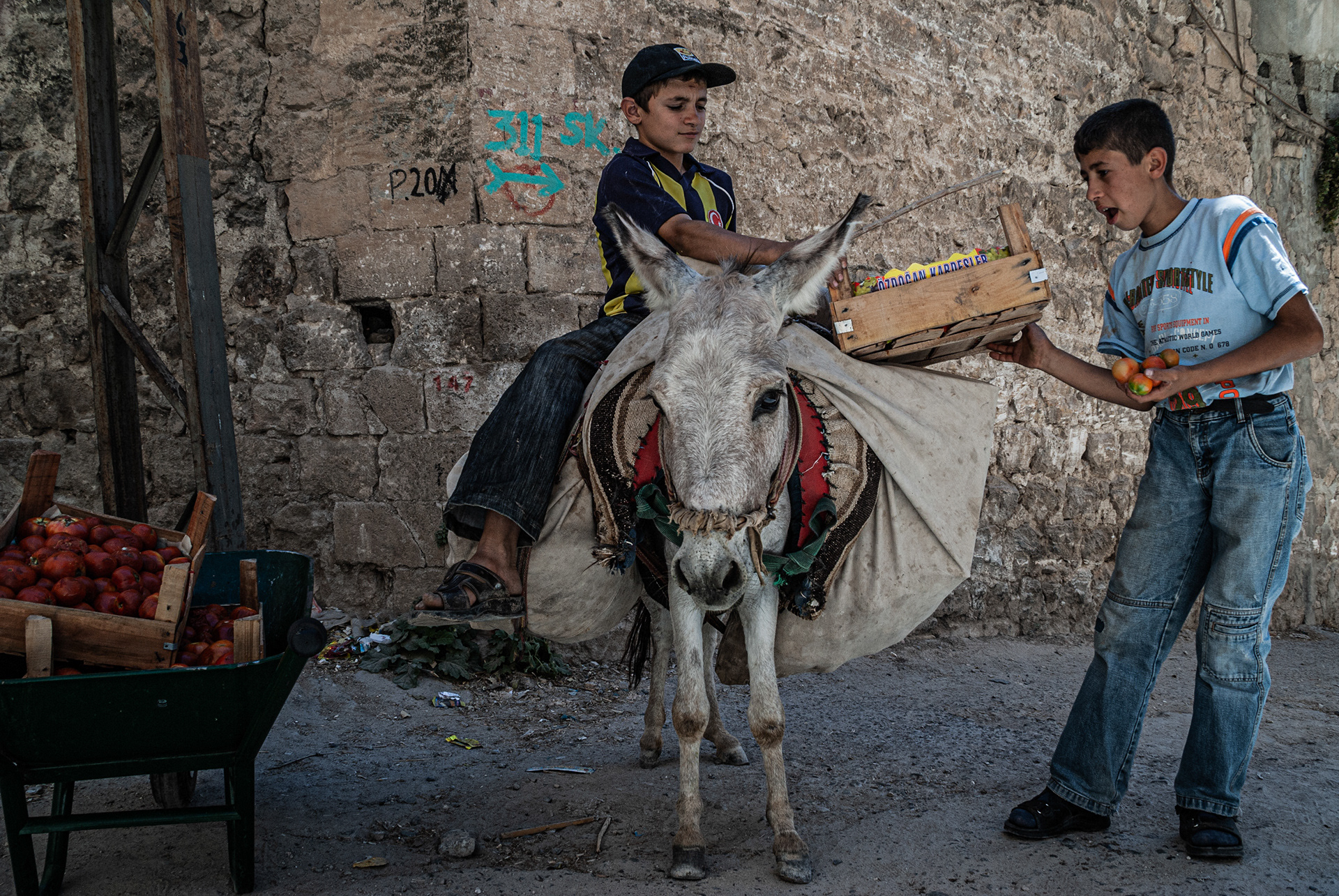
In towns across these regions, daily life unfolds in the narrow lanes of local markets and the warmth of communal bathhouses. The bazaar is a hub for trade, conversation, and tradition, where goods are still weighed by hand and news travels quickly.
This was Hasankeyf, a place with over 12,000 years of continuous human history, now submerged beneath the waters of a hydroelectric dam. While some landmarks were relocated, most of the ancient city has disappeared.
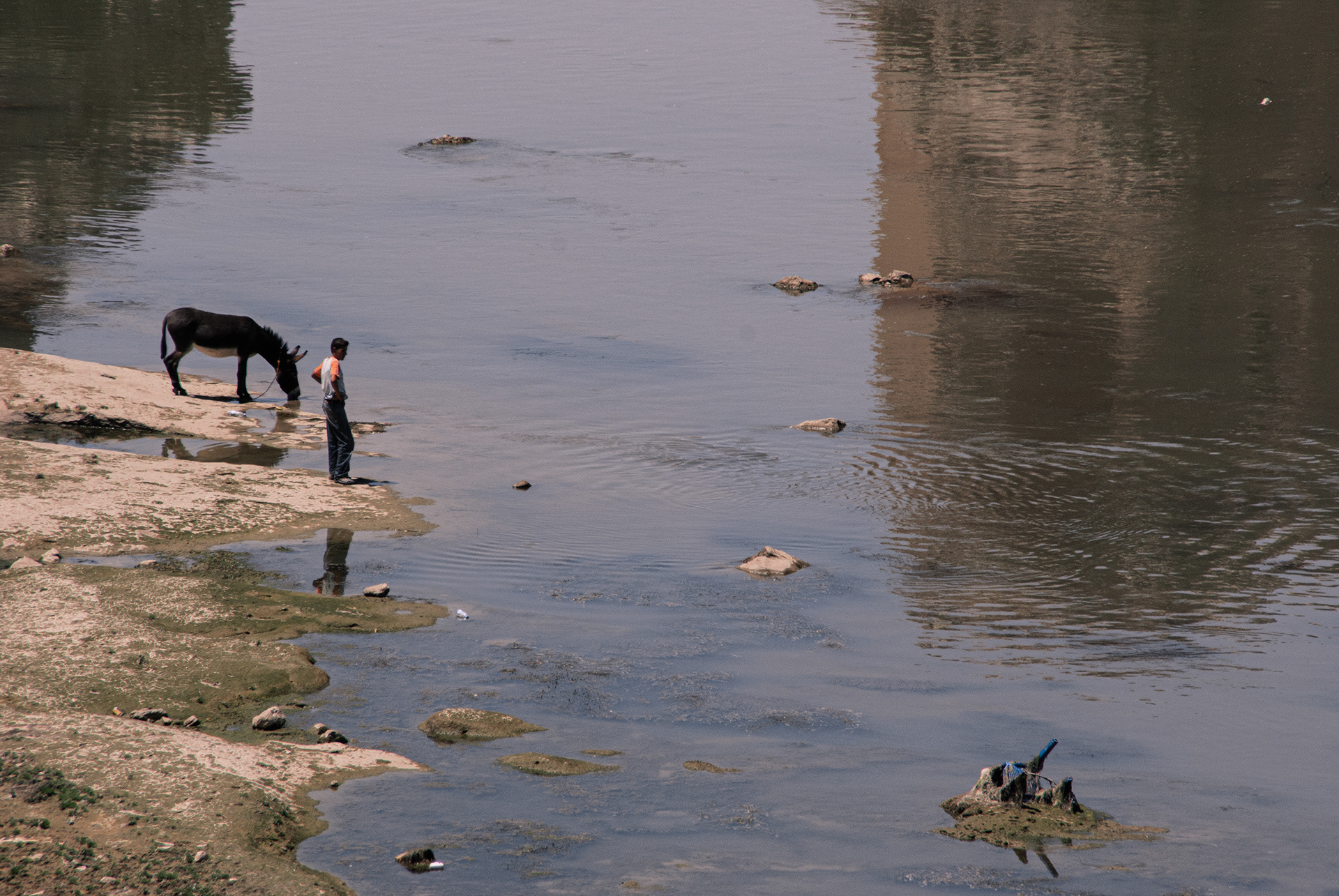
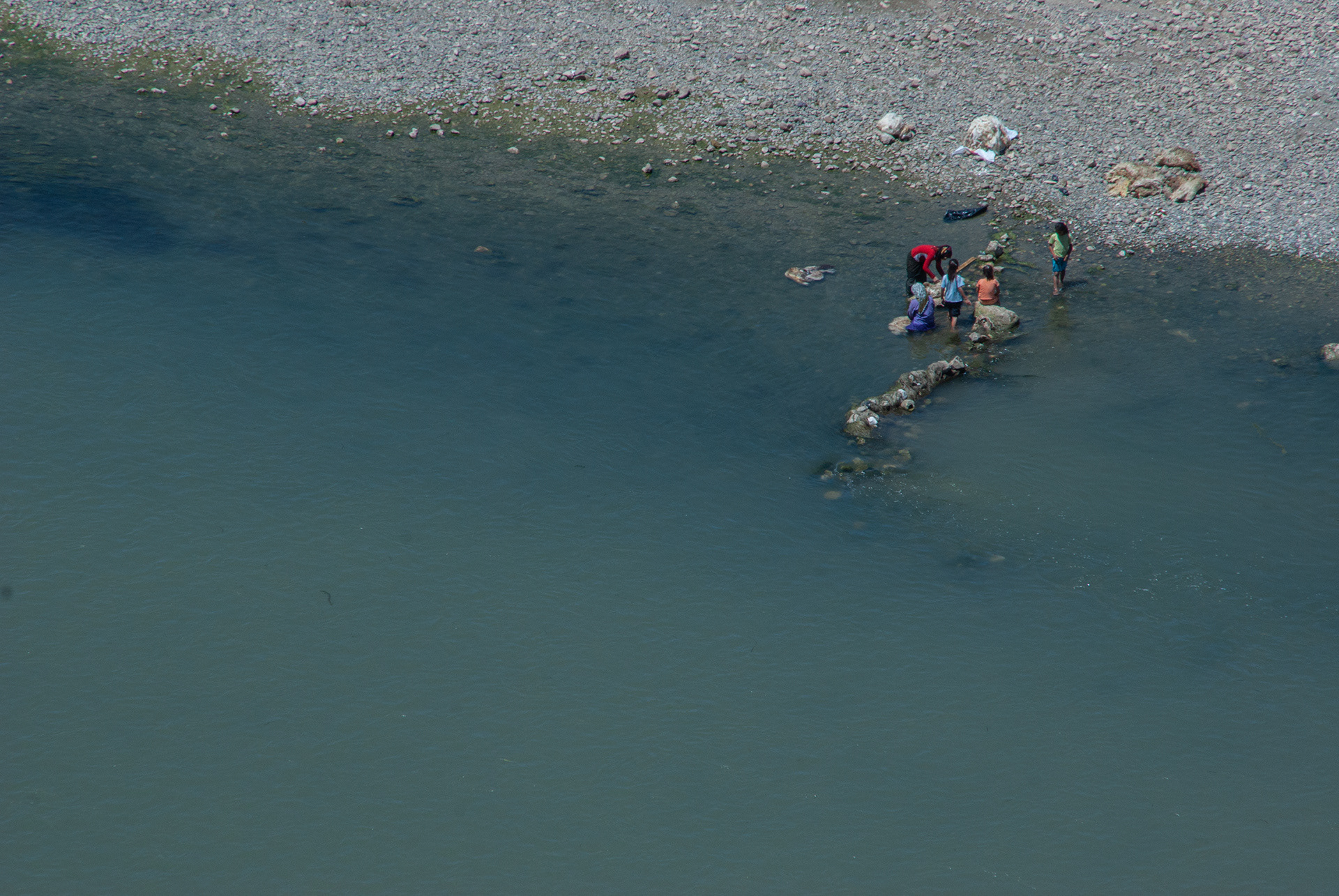

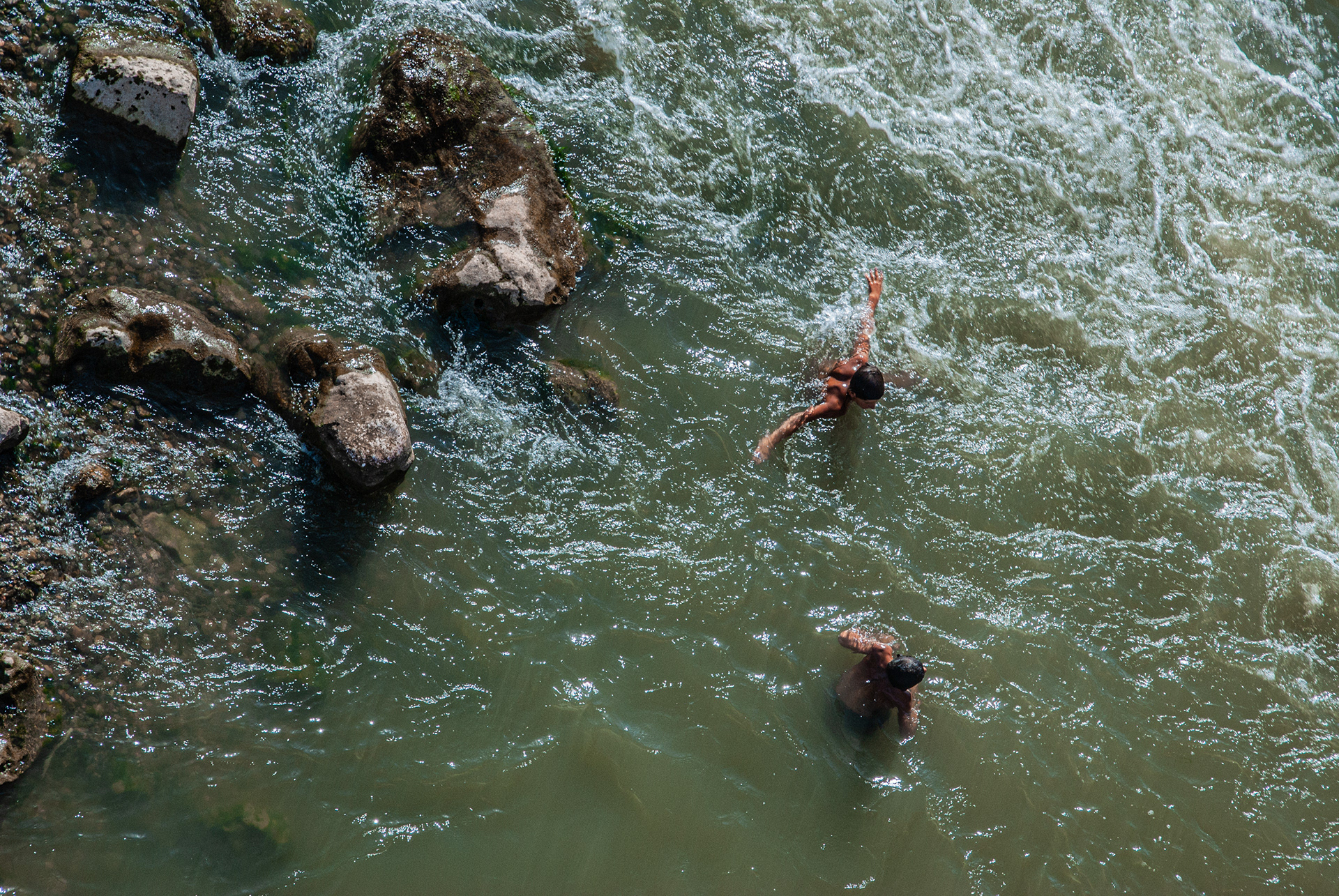
In the late afternoon light, boys cast lines into the Tigris River, pulling up small fish at the banks of the city that now no longer exists. For a brief time before the floodwaters rose, children still played in the river, unaware that the town would soon be erased from the map and from memory.
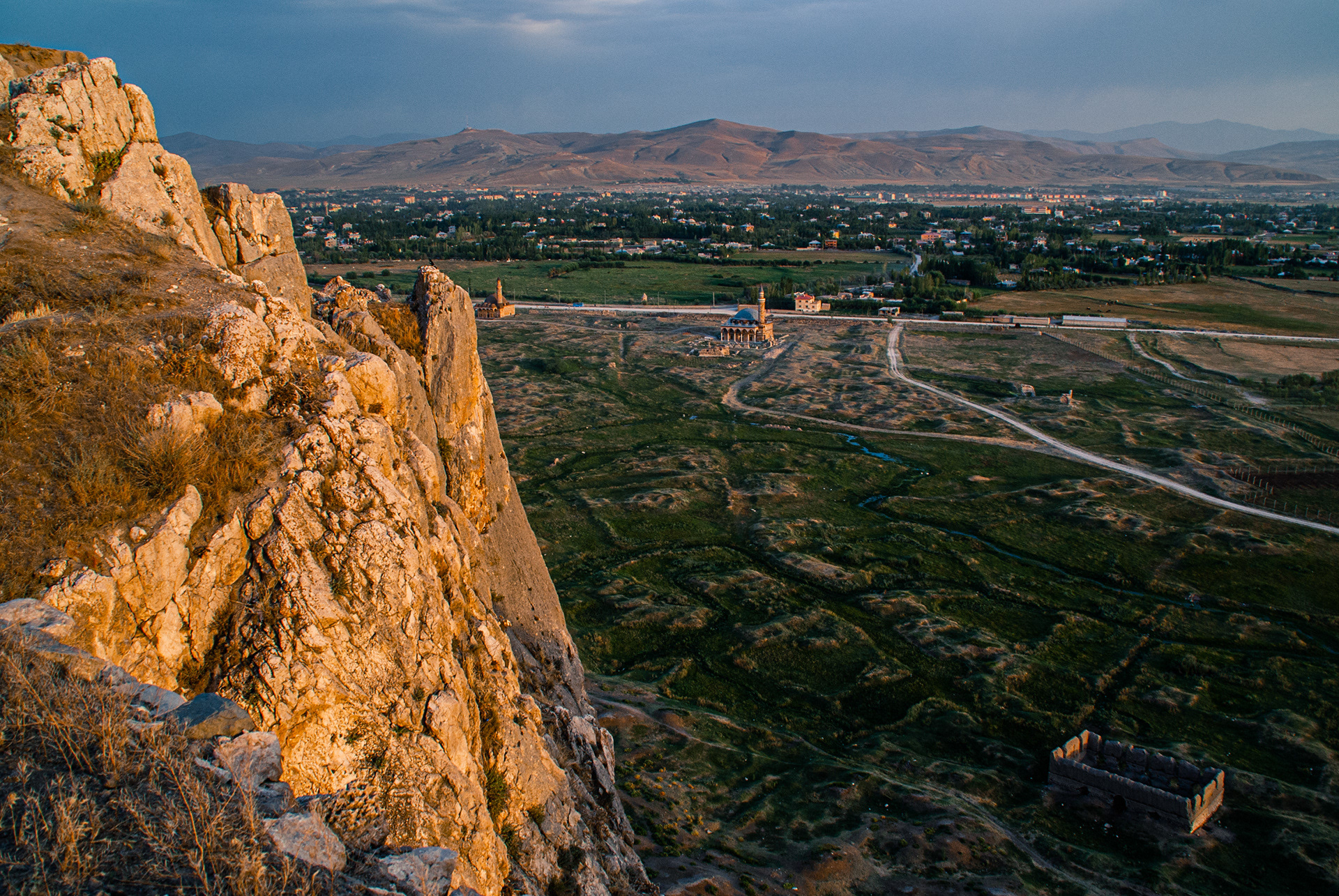

The world is changing fast. Borders, climate, and lives shifting with it. But even in loss, there is resilience.
These images are not just about what is fading, but about the people who carry fragments of that past into an uncertain future.
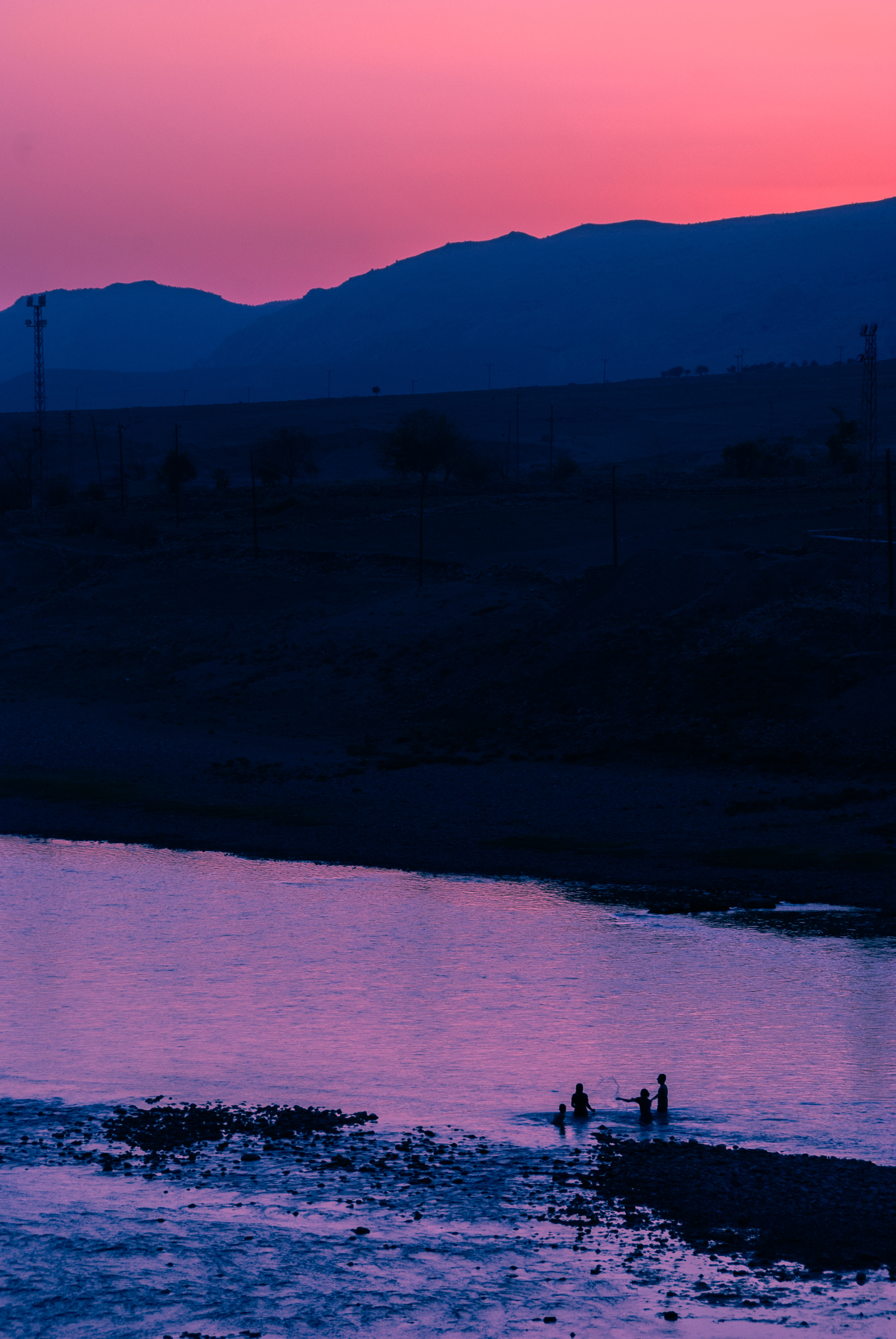
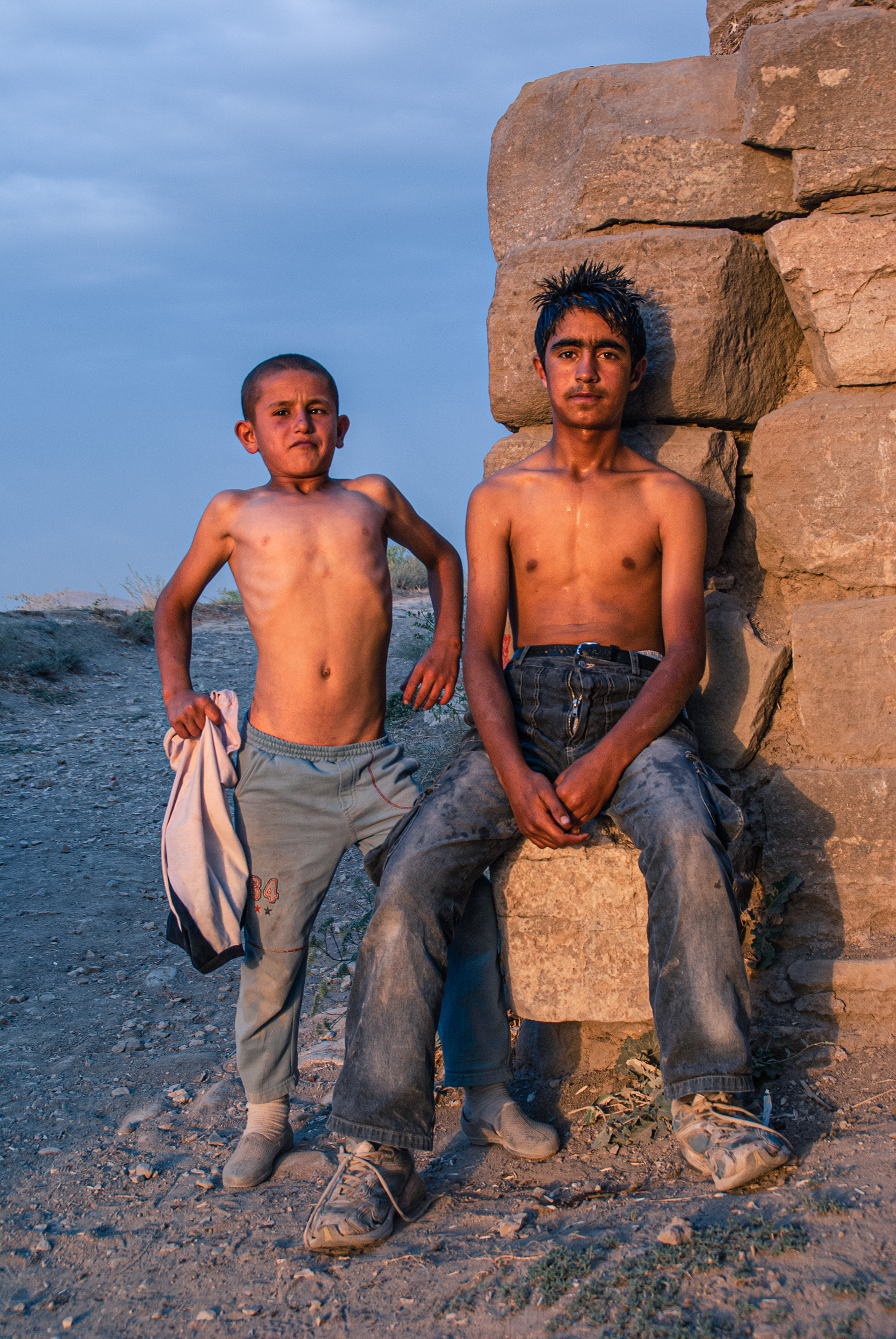
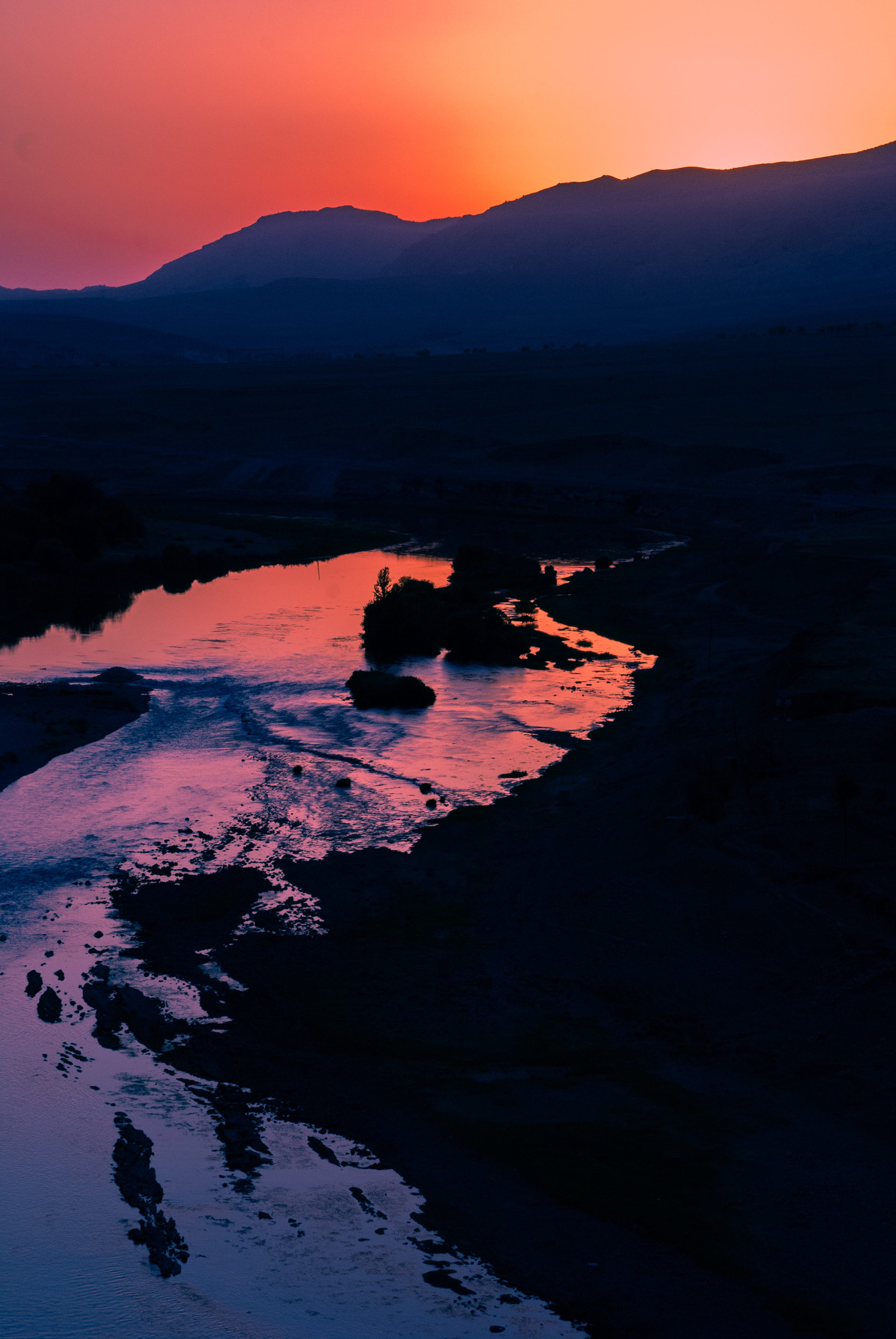
The series was originally commissioned by Anadolu Magazine in 2008, and unexpectedly marked a turning point in my own understanding of the power of (visual) storytelling: after its publication, three NGOs were formed to support the communities featured. That's when and where I learned the power of storytelling.

